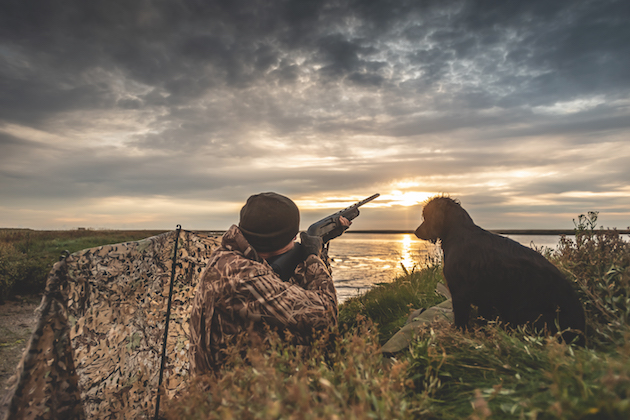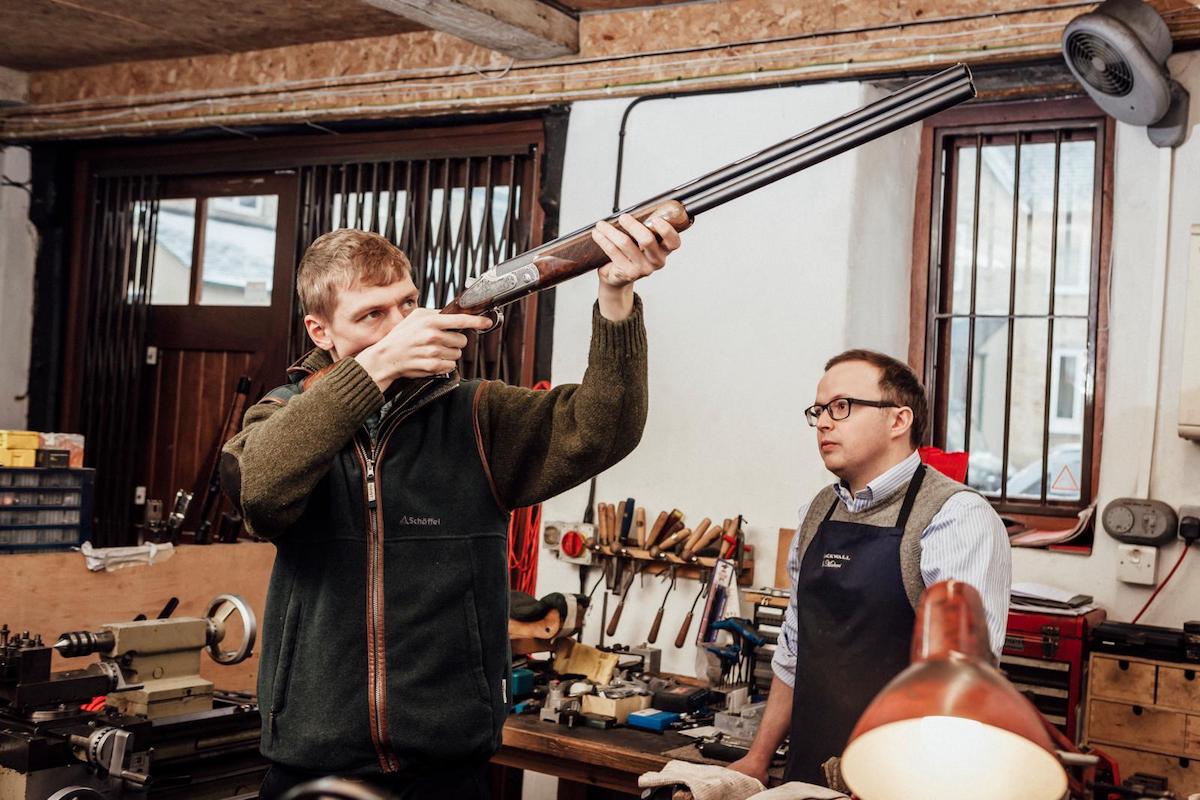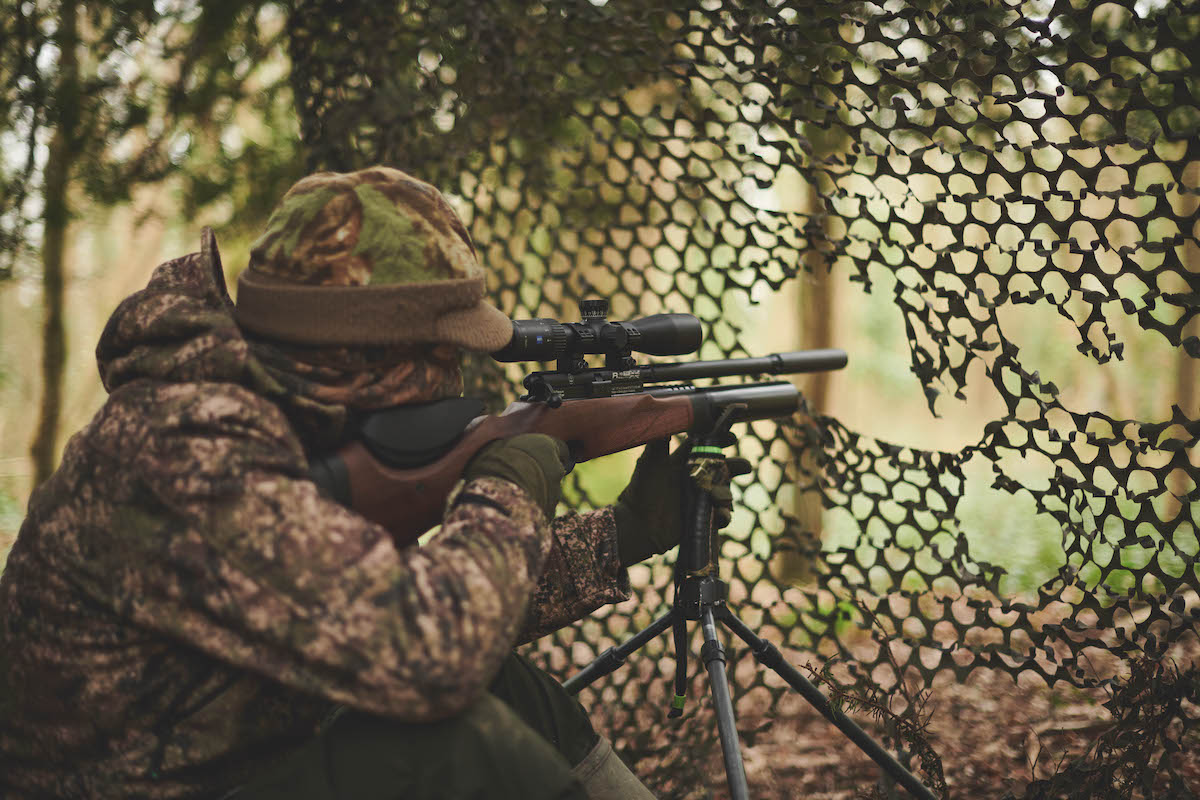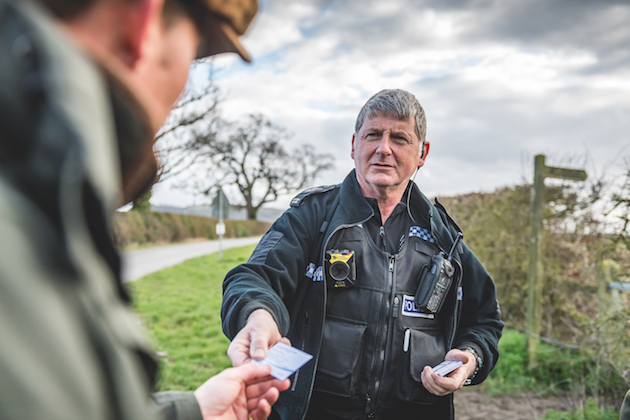The gun every shooter should have in their gun cabinet
Richard Negus believes every shooter should have a ‘Luciano Pavarotti’ in their gun cabinet because, no matter where you are, it won’t let you down

I give my shotguns names. My AYA No 3 I dubbed ‘Lazarus’ because, thanks to my friend Adam Bragg’s craftsmanship, it was brought back from the dead. My Lincoln Premier is named ‘John’ (as in Wilkes Booth). I don’t like the Lincoln and am determined to get rid of it. Finally we come to the third gun in my cabinet, a Hatsan Escort Magnum semi-automatic called ‘Luciano Pavarotti’.
Pavarotti has become a reliable friend on the foreshore. It can shoot the largest of magnum loads and is robust; I once used it as an oar when an outboard motor malfunctioned. It has been dropped numerous times in a gutter, smeared with rotting sea life and now sports an immovable patina of estuarine mud.
The cleaning it receives is nothing more than a pull through with a bore snake and a spray of Napier gun cleaner, yet it rarely jams.
On the downside the safety catch is small and fey, hardly suited for freezing fingers on a January marsh. Upon firing it ejects spent cartridges prodigious distances; this has necessitated me training Mabel to retrieve cases. The only time it did jam was just as a party of mallard swooped into my pattern of decoys. In Pavarotti’s defence I had strip cleaned it the previous day and, as my friend Pinhead Lange has always maintained: “Never properly clean a wildfowling gun.”

Browning made the first semi-auto, the Auto-5 (bottom) in 1898; the revamped A-5 followed in 2014
Newfangled
The semi-automatic is sneered at by many in the UK. A large number of game Shots are fearful if they see one on a peg — the fixed barrel means that the gun cannot be broken and seen to be safe. Traditionalists also look askance at the semi-auto, citing them as newfangled, somehow far removed from the romance of the foreshore or covertside. Of course, the semi-auto is not a new thing at all; though it is admittedly American.
John Browning created the first semi-auto in 1898, patenting it in 1900. Having failed to sell his idea to Winchester, his original Auto-5 was produced by FN in Belgium. By 1905 the design had been taken up by Remington and Savage Arms. So effective was this gun that it remained in production, unchanged, until 1998. In 2014, Browning released the A-5, which looked like the original albeit with thoroughly modern innards.
The principle of how a semi-auto works is straightforward, even for someone such as me who has all the engineering know-how of a radish. When a cartridge is fired a large amount of energy is created. This energy is harnessed to re-cock the action, load a new round into the chamber and eject the spent cartridge either via gas, blowback or recoil. The detailed mechanics of how all this happens fall into the area of what I call ‘gunsmith magic’ and are best left to those better qualified to explain.

The semi-auto comes into its own for Guns who shoot from a hide
Newton’s law
The majority of semi-auto users in the UK cite recoil, or more accurately the lack of it, as a major reason for using one. When fired, a standard breech-loading shotgun’s backward momentum exactly balances the forward momentum of the projectile and exhaust gases. This, according to Newton’s third law, is known as “conservation of momentum” — the bigger the load, the bigger the kick.
In a semi-auto shotgun the gas parts of the gun recoil at a greater rate of speed, and more prematurely, than the rest of the gun does. Thus the total recoil energy is spread over a longer period, thereby reducing the effect of Newton’s law. Imagine the semi-auto’s recoil as a rough push from Tyson Fury, while the breech-loader is akin to him punching you in the mouth.
One noted game Shot I met at Graham Denny’s Brewery Farm shoot last season had taken to using a Beretta A400. A frozen shoulder caused him extreme pain when using an over- and-under and he feared his shooting days to be over. However, thanks to the gentle recoil of the semi-auto, he is now able to continue enjoying his sport and is killing more birds than ever.
When out on the foreshore or marsh, I favour a large load. As a minimum I shoot 36g No3s; if geese are about I use Mammoth 42g BBs. If fired through my Lincoln the experience is somewhat robust, yet with the Hatsan Escort Magnum semi-automatic I can concentrate on watching my bird fall rather than searching for my teeth.
Pigeon shooters, particularly those who achieve the big bags we all aspire to, relish the lessened recoil of the semi-auto. A bag of 100 requires a lot of shots. The late Archie Coats described himself as suffering from “severe strain” after shooting his record-breaking bag of 550 pigeon. He expended 650 cartridges in achieving this feat, wielding a Webley 700. How significantly less strained would he have been had he owned a semi-auto, I wonder?
My friend and mentor ‘Deadly’ Darren Sizer owns five semi-autos: two 10-bores, two 12s and a 20. He also cites the reduced recoil as a positive factor in making a semi-auto his regular choice for wildfowling. He holds them in regard for another reason too — three shots. All semi-autos boast a tubular magazine that holds two cartridges — more in the case of an FAC gun — and one in the breech. This third cartridge is of huge benefit out wildfowling. For crack shots like Darren, a trio is of course possible, but for us mortals a third shot can help despatch an injured bird that has landed on the water.
A wounded duck or goose that is swiftly dealt with is not only humane, but can also prevent a tricky and exhausting retrieve for your dog, with the bird endlessly diving out of sight.
The semi-auto also comes into its own for those of us who shoot from a hide. Minimal, economic movement is the secret of tactical shooting; be it in pursuit of wildfowl or pigeon, the semi-auto helps with this enormously.

Richard’s Hatsam Escort is a reliable friend on the foreshore
First rate
I look at my guns as tools, no different to one of my billhooks. Pavarotti may have all the finesse of a Lada motorcar but it works in the field. My elegant AYA is for game, the Hatsan perfect for the rough and tumble of foreshore or pigeon hide. For those of a more aesthetic bent, wanting a touch of sophistication, some of the finest brands also make semi-autos — Benelli, Winchester, Franchi and Beretta all produce first-rate, steel-proofed guns that won’t cripple your wallet. There is also the granddaddy of them all, the Browning A-5 — so good the company guarantees it for 100,000 rounds. When I finally get around to selling ‘John’ I yearn for a Browning Gold 10-bore.
But I would be loath to part with my Hatsan Escort Magnum semi-automatic. I have developed a soft spot for my bass voiced magnum named in honour of the world’s greatest tenor.








